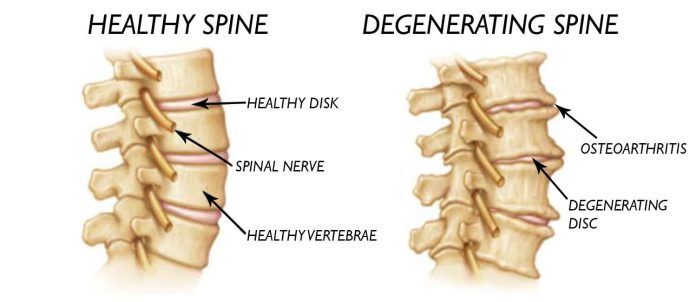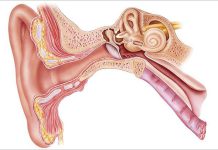4Nids.com – There are many factors that can lead to disc degeneration and pain. For many people, age is a factor, and spinal discs contain about 80 percent water at birth. As we age, however, the water content decreases and the discs become dry. Other factors include repeated stress, repetitive motion, and sports that cause tears in the annulus fibrosus. Additionally, there are numerous causes of disc damage, including a car accident or slip and fall. In addition, genetics may play a role.
The process of disc degeneration can cause a variety of symptoms
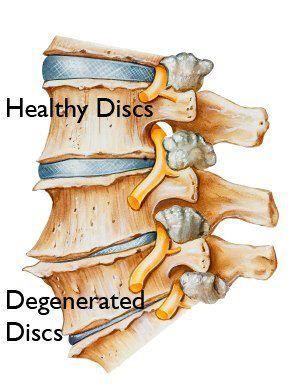
Often, the top or bottom portion of the disc may give way, creating a bone spur. This bone spur may then push on the vertebral body and cause a pinched nerve. When this happens, the disc degeneration process can result in a wide range of symptoms, including back pain and numbness. Eventually, the degenerated disc could lead to spinal stenosis, which is a serious condition and requires immediate medical attention.
Acute disc rupture may cause symptoms in the neck, arms, or legs. If the disc rupture causes severe nerve compression, the patient may experience numbness, weakness, and loss of bladder and bowel control. Treatment for a ruptured disc may include epidural steroid injections or adjustments to daily activities. In severe cases, spinal surgery may be required. During the course of treatment, a healthcare provider may suggest medications to ease pain and guide patients to exercise programs.
Most people need to undergo physical therapy to help relieve pain
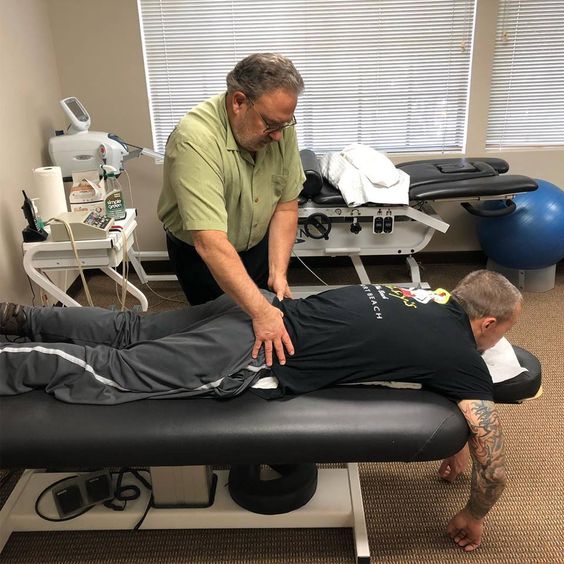
Fortunately, most people with degenerative disc disease are not at risk for a spinal fusion, and surgery is not needed. While there are several treatments, most people will need to undergo physical therapy to help alleviate the pain. Surgical intervention is not a viable option in most cases. In the meantime, the condition can lead to other conditions, such as osteoarthritis and herniated discs. Even surgery is not a cure for disc degeneration, but it can significantly worsen the symptoms of a spinal condition.
One method for treating the condition is to use stem cells. Researchers have found that induced pluripotent stem cells may be a promising treatment for spinal disc degeneration. The process of restoring the disc may not be as straightforward as it once was. Scientists have also discovered that a therapy that targets senescent cells might be a better treatment for people with spinal disc degeneration. If this proves effective, it may even become a clinical option for patients.
Degenerative disc disease causes the body to produce proteins that irritate the nerves around it
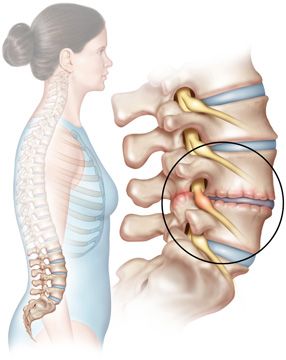
Age-related wear and tear on spinal discs leads to degenerative disc disease. However, other conditions, such as genetics, injury, or health factors can speed up the process. Rarely does a major trauma cause degenerative disc disease to begin. The most likely cause is a low-energy injury to the disc. Degenerative disc disease causes the body to produce proteins that irritate surrounding nerves. The disease may even lead to muscle spasms.
Using statistical software, the researchers assessed the association between % anterior-posterior diameters and disc degeneration scores. These two factors were associated with higher occurrence of disc degeneration in men. The data were grouped by sex for the analysis. Multiple-group comparisons were carried out using the analysis of variance and Tukey’s honestly significant difference test. For each disc level, the study evaluated the % anterior-posterior diameters, based on the severity score.


